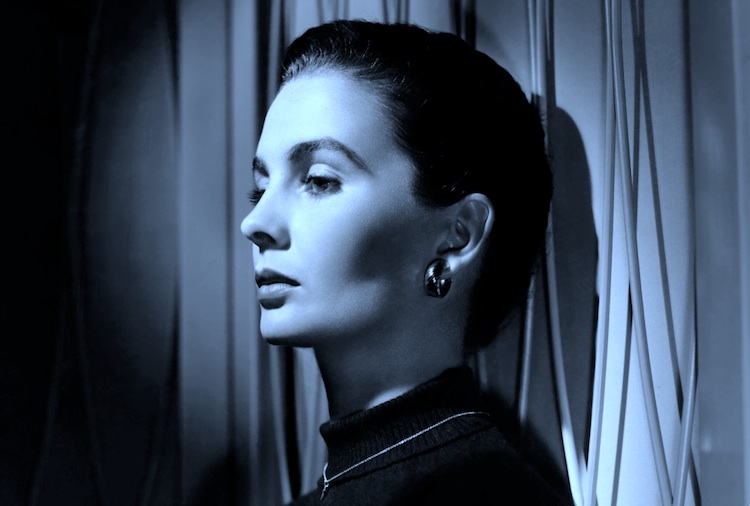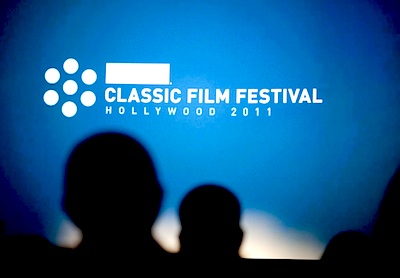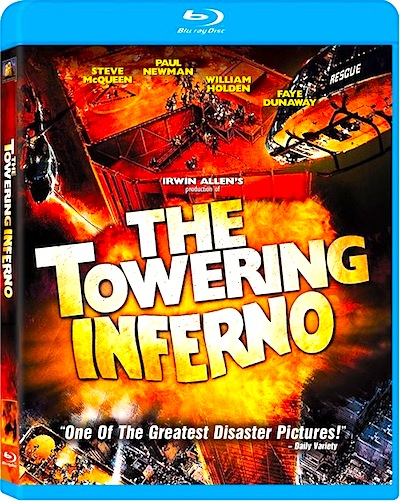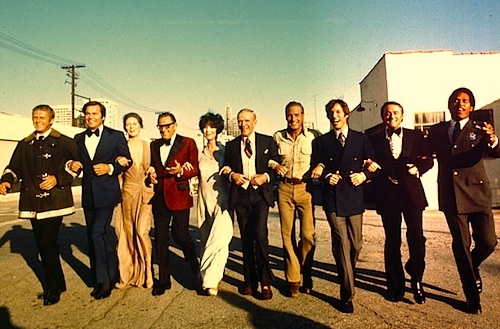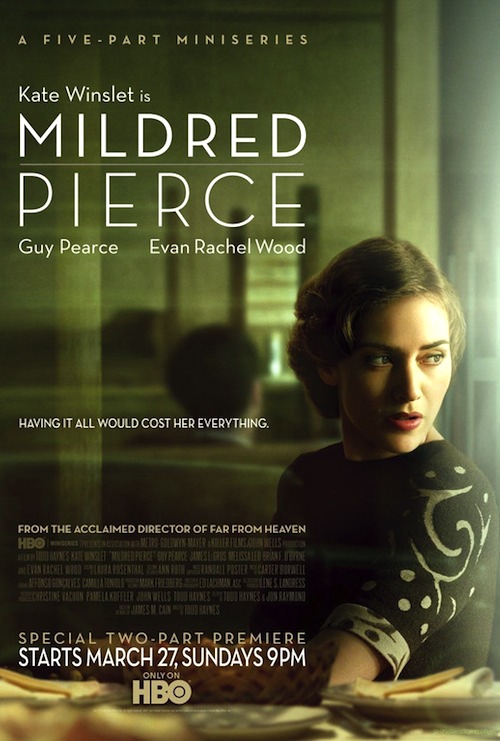By Jennifer Baldwin. When featuring an intriguing star, TCM’s Star of the Month tribute is an overdose of straight-up, hardcore, pure pleasure. For one night each week, the month is turned over to a movie star and we witness, with relentless intensity, every curve and turn and height of the star’s career – until the month ends and we feel indecent over how much we’ve come to know this person.
We don’t really “know” them, of course. We only see their performances. But film is funny in its deceptive intimacy, and saying farewell to the Star of the Month is like saying farewell to a summer camp best friend or a wartime romance: “It was wonderful, darling. I’ll never forget the good times we had. We’ll always have that April on TCM!” The star is in your life, in your living room, for a whole month and then, suddenly, the star gets snatched away. The light goes out.
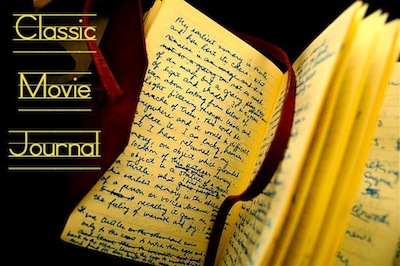 Of course, some months I’m just not interested in the chosen one. Singing Cowboys in July? Don’t fence me in, baby, I’d rather be out playing beach volleyball at the park. But just this past month of June, Jean Simmons had me glued. I hadn’t realized it until she passed away last year, but Jean Simmons was around a lot in my teenage years. I really identified with her, with the intelligence, strength, and vulnerability she brought to the screen. Young Bess at fifteen; Guys and Dolls at sixteen; Elmer Gantry at seventeen. I must have watched these movies on an endless loop when I was in high school.
Of course, some months I’m just not interested in the chosen one. Singing Cowboys in July? Don’t fence me in, baby, I’d rather be out playing beach volleyball at the park. But just this past month of June, Jean Simmons had me glued. I hadn’t realized it until she passed away last year, but Jean Simmons was around a lot in my teenage years. I really identified with her, with the intelligence, strength, and vulnerability she brought to the screen. Young Bess at fifteen; Guys and Dolls at sixteen; Elmer Gantry at seventeen. I must have watched these movies on an endless loop when I was in high school.
When I finally got around to Angel Face in college, it bothered me for weeks. I told friends and family and random people on the street about this movie, about this character — Diane Treymayne — and how I just couldn’t shake her. She creeped me out, and I just couldn’t shake her. She was a murderer, a psychopath, but I just couldn’t let her go. I SYMPATHIZED with her. It was disturbing.
You’re not supposed to sympathize with the Spider Woman. Sure, you can understand her motivations, even get some perverse pleasure out of her power and wicked determination, but you’re not supposed to feel bad for her. But there I was — and here I am — feeling sorry for Simmons’ Diane Treymayne.
And that ending! That last, stomach-shocking scene, throwing all my emotions for a fireball crashing loop. Every time I watch the finale in Angel Face I go, “Oh my God! What the hell?!” Every time. Every single time. And I’ve seen it at least a dozen times. Continue reading Classic Movie Journal: It’s Hard to Say “So Long” to TCM Star of the Month Jean Simmons
